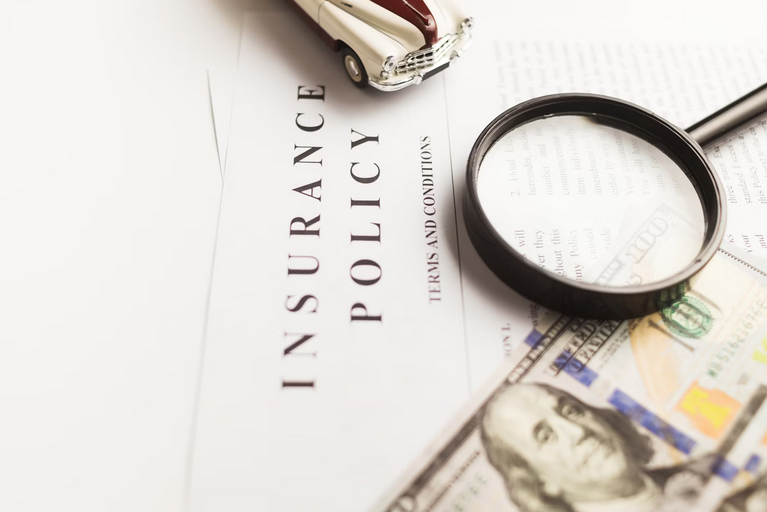Earning money and spending it on daily expenses and bills sound like what adult life is all about. However, let us agree that it is not as simple as it sounds. Those who have reached the age of adulthood and finally get a chance to live independently know how frustrating and challenging things can be. Sometimes, they get by effortlessly if they know how to manage their monthly income wisely. Unfortunately, most people cannot manage their financial life. Statistics show that approximately sixty percent of adults living independently find it hard to manage their money well due to the lack of resourcefulness.
In some cases, money lenders become an option that they can rely on whenever they feel like they need additional cash in their pockets. It then leads to another issue when many of them realize they do not know where to turn to.

Accessibility
Some of you may be dealing with fears that fraud might be involved if you are not careful about which agencies you can depend on. One tip for you is to assess their accessibility before you can be really sure about their dedication. You can do so by checking their promotional platforms, such as websites, social media, telephone numbers, and email addresses. If they are available on more than one platform, it means that they are eager to welcome new clients. It also means that their business is way less likely to be an illegal business.
Interest Rates
Many agencies will put this information upfront, which will be quite a benefit for you. All you need to do is to gather as much information as possible regarding the rates offered and try to assess each offer. Then, you can finally see which agency provides the most economically beneficial and valuable loan for you. The consideration of the interest rates should also include the payment period and the amount of payment that you need to pay.
Flexible Payment Methods
Another thing worth considering is the payment method. Some institutions accept non-cash payments, meaning that you can directly transfer your income to their bank account without having to withdraw it first. It is vital to ensure their flexibility in terms of payment method so that it will not be a hassle for you.







 When taking out a loan, it’s important to read the agreement before signing on the dotted line. The fine print may include some hidden fees or other details that could affect how much you’re paying. Review all the documents before agreeing to any loan terms. These five common mistakes can be avoided when applying for a loan. By staying informed and avoiding these pitfalls, you’ll increase your chances of getting the loan you need at an affordable rate. Before signing any agreement, research all your options and ask as many questions as necessary to make an informed decision.
When taking out a loan, it’s important to read the agreement before signing on the dotted line. The fine print may include some hidden fees or other details that could affect how much you’re paying. Review all the documents before agreeing to any loan terms. These five common mistakes can be avoided when applying for a loan. By staying informed and avoiding these pitfalls, you’ll increase your chances of getting the loan you need at an affordable rate. Before signing any agreement, research all your options and ask as many questions as necessary to make an informed decision.
